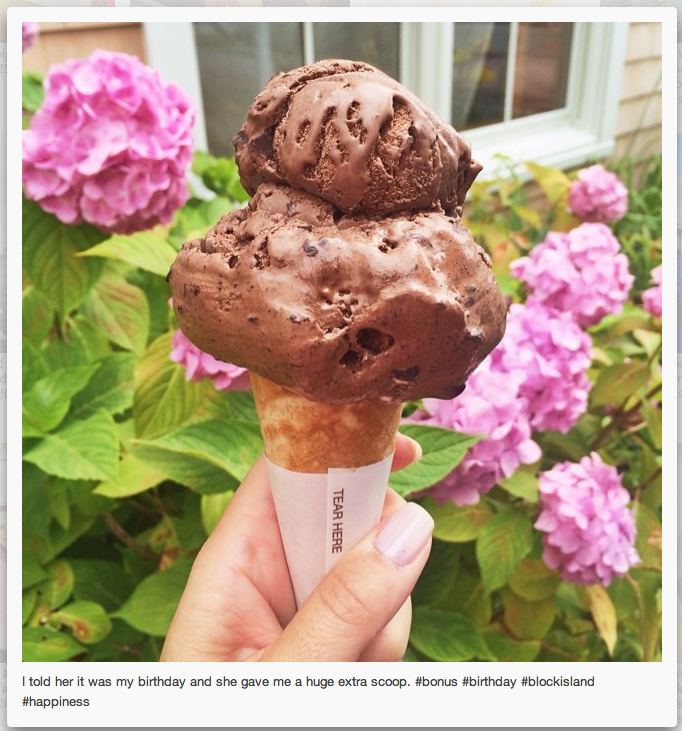Recently, a lot of people have been asking me “Amy, what are these darn hashtags all about? I don’t get it!”
Let me begin by answering a few frequently asked questions, starting with – ‘What the heck is a hashtag?’
Well, it all started on Twitter, the birthplace of the hashtag. But since that time, years ago (October of 2007, to be precise), hashtags have grown in popularity and spread to nearly all other social media platforms – along with becoming part of our everyday lexicon.
Hashtags, or the pound sign (#), were first used on Twitter to isolate and gather tweets about certain topics. Putting a hashtag in front of a word, or group of words, makes that word a searchable link. You would do this because by making a word a searchable link, you can instantly track topics of discussion based on those keywords. For example, if you wanted to post about Block Island, you would include # in front of the word Block Island to turn that word into a link that is now part of a much larger global conversation about #BlockIsland. Anyone tweeting or posting about Block Island who puts a #BlockIsland into their tweet or post is now gathered in one place and you can read everyone else’s comments, see their images and tweet about #BlockIsland. Get it? Try it!
Open Twitter or Facebook, for example, and type #BlockIsland in search. You will see a window filled with tweets or posts with everyone who used #BlockIsland in descending order from the most recent. Below is my birthday Instagram image and you will notice that I used #BlockIsland in the description.
How do you create and use hashtags?
They are simple to use. All you need to do is put the # sign before a word (see above where I used #bonus, #birthday, #blockisland, #happiness – each of those words are now searchable words).
Here are a few simple rules to follow when creating and using hashtags:
- Do not use spaces in your hashtag. If your hashtag contains multiple words and you wish to differentiate between the words, use capital letters. Example: #HashtagsAreFun
- Numbers are okay. Example: #50ShadesOfGrey
- Punctuation marks are out. No commas, exclamation points, periods, question marks or apostrophes. Just leave them out. No special characters, either.
- The @ sign is a completely separate action. Placing an @ symbol before someone’s name, or a brand name, or company Twitter handle “tags” them, or on Twitter, sends them a direct message alerting them that you have sent them a tweet for their eyes only. Conversely, when you use a hashtag before someone’s name, brand or company name will not send a message directly to them, but is part of the global social media conversation. Choose wisely.
- There is no master list of hashtags from which you need to choose. If you use a new word, or series of words, not previously hashtagged before, you just invented a new hashtag. #Congrats.
- Most major social platforms support hashtags, including Twitter, Facebook, Instagram, Google+, Tumblr and Pinterest.
- If you are wondering which hashtags are trending, Hashtags.org provides a live updated list.
- You can use multiple hashtags in one post, but don’t overdo it. One to four is a good amount in a single tweet, image caption or post.
- Sometimes hashtags are used for fun and they are created to make you smile, not really for searching. Example: #ModernSeinfeld and you will see the comments from Seinfeld fans wondering what that cast of characters from the hit show would be up to today.
- Don’t use the same hashtag twice in the same sentence. It looks and smells spammy. Example: #Frozen is my favorite movie. Everyone go see #Frozen. #Frozen rocks!
As a marketer, why are hashtags relevant?
As marketers, we shouldn’t ignore the power of the hashtag. You can strategically insert and leverage tagged topics to increase brand awareness, extend your reach, target certain audiences, join relevant conversations, be found, improve your SEO and so on. You can also search your brand or company name to see if anyone is posting about you or your products and join the conversation!
Here are some quick tips to start you thinking about how to benefit from using hashtags for your business:
- Create your own brand hashtag – it could be your company name or your company tagline (Kit Kat candy uses #HaveABreak) but it should relate to your business.
- Consistently use your company hashtag on all your social sites, making it easy to find you. As a bonus, all your posts from various social sites will turn up together when that hashtag is searched across all platforms.
- Make a campaign hashtag specifically for a program, contest or marketing initiative to get more engagement and reach.
- Remember to monitor and frequently check for engagement so you can respond immediately.
- Use trending tags to your advantage. To uncover trending tags in your area, I like trendsmap. Another great site for Instagrammers is Iconosquare. Here, you can get statistics for Instagram, among other cool features. Check it out.
- Content hashtags are used in posts that are unbranded and therefore not used to define your business. They do not need to be trending or even popular, but rather are common words that relate to your post (example – Jamba Juice could use #FruitSmoothie. This will connect them with a much larger audience than their current follows, because anyone on any platform searching for “fruit smoothie” will see their post.) The benefit? Content hashtags can positively effect the searchability of your posts and find you new fans who will stumble across you based on topics that appeal to them. #Score.
- Hashtags should be used for any event your company or organization holds. This will allow everyone interested in the event – attendees or interested followers – to follow along with anyone who is communicating on social media about your event. There have been times when I have missed attending an event in person, but was delighted to catch many highlights, images, powerful messages from speakers, reactions from the audience and so forth by following along using the event hashtag on my Twitter and Instagram feeds in real time. Try searching for the hashtag + the conference name, for example #ExpoWest. Often, a savvy conference marketer will broadcast before and during the event what the hashtag is so they can start the buzz early. You should do the same for your company events. Such as Etsy did when they had their global Craft Party: #EtsyCraftParty
- Contest are a fantastic way to use hashtags. That will need to be a separate post! (Coming soon ….)
There are many more ways to leverage your use of hashtags in your social media planning. We’d love to chat with you about it, so give us a call. Meanwhile, I hope I answered most of your questions about creating and using hashtags. Can you think of any other questions about using hashtags you’d like me to answer? Or perhaps you can share a successful marketing initiatives you’ve had using hashtags? Please share in the comments section below!
I will leave you with Jimmy Fallon and Justin Timberlake’s now-infamous hashtag comedy sketch – one of my favorites – that catapulted hashtags to a national trend. Enjoy! (This one is for you, Sean. #TooManyHashtags).
~Amy





